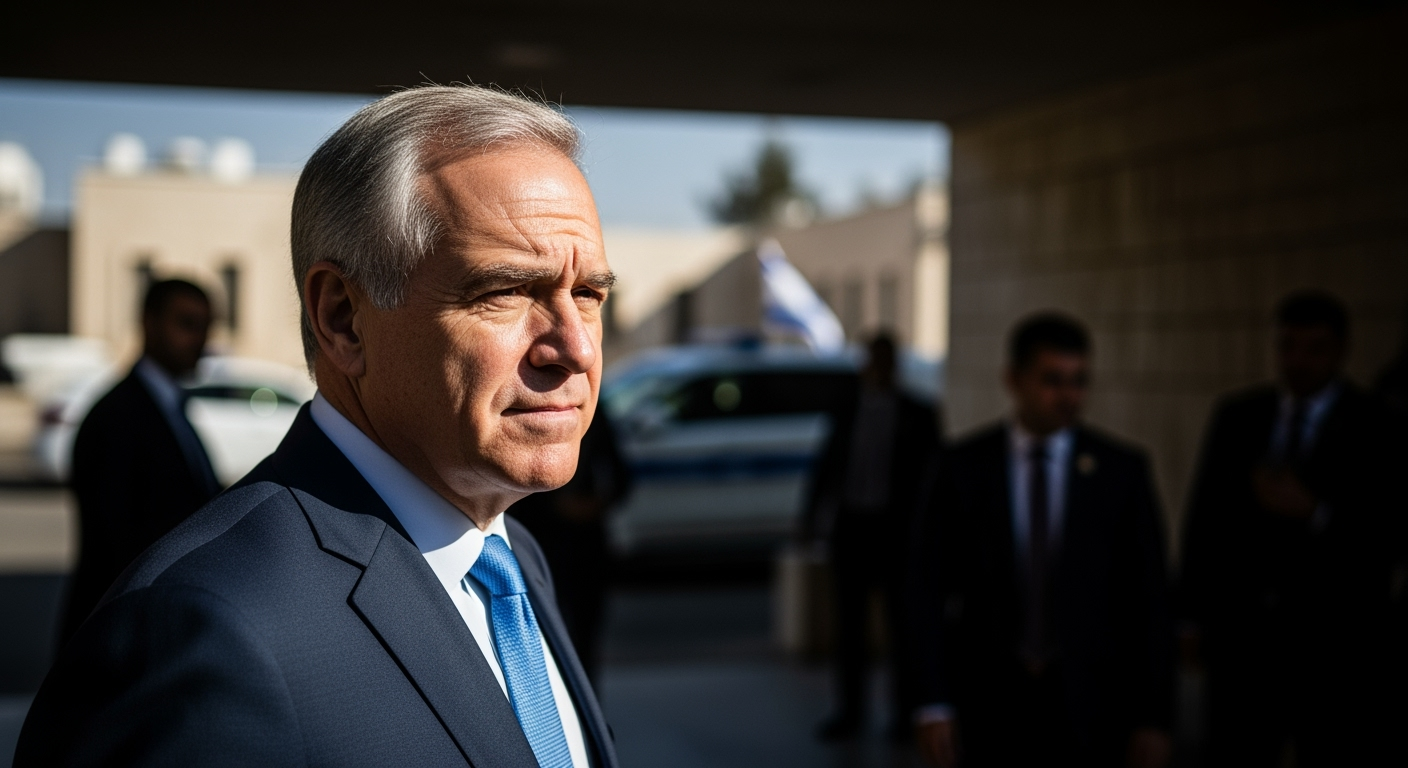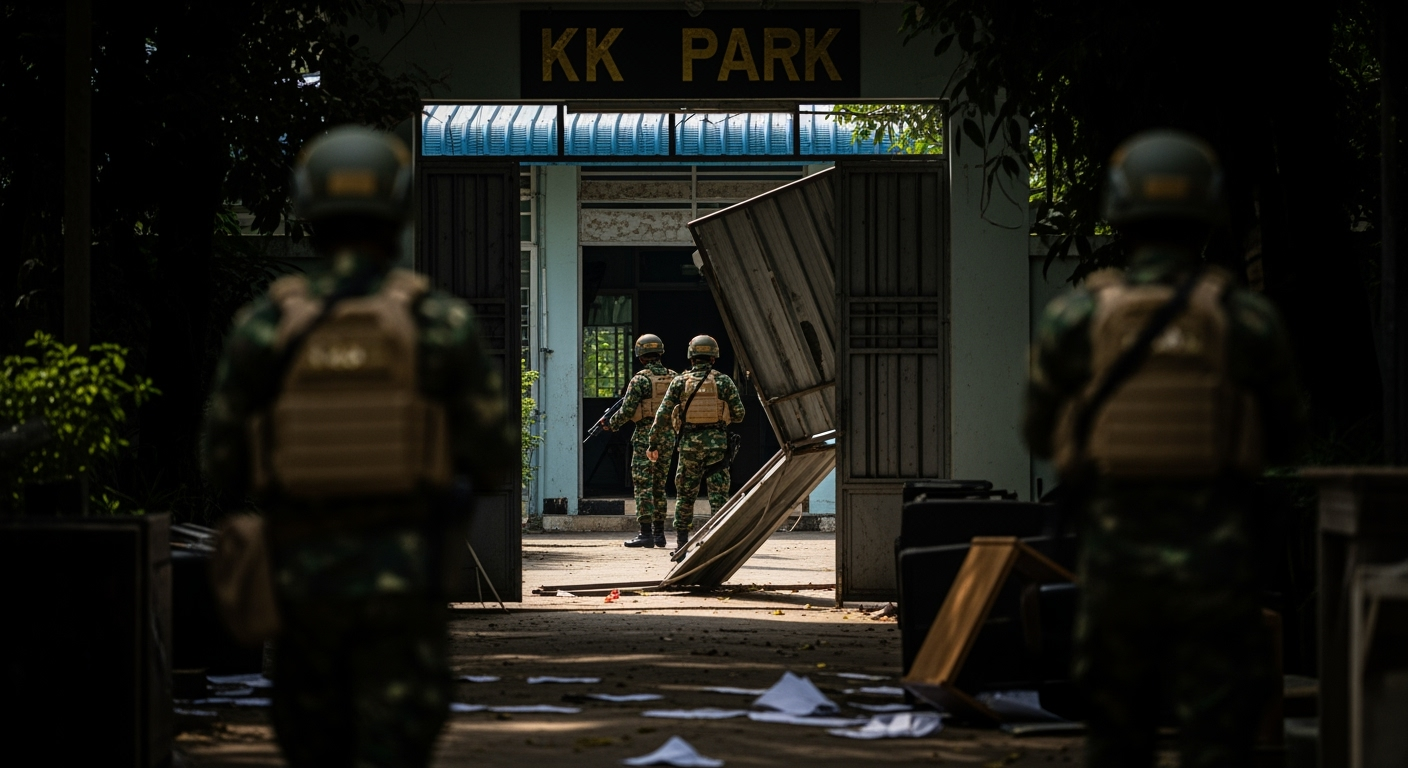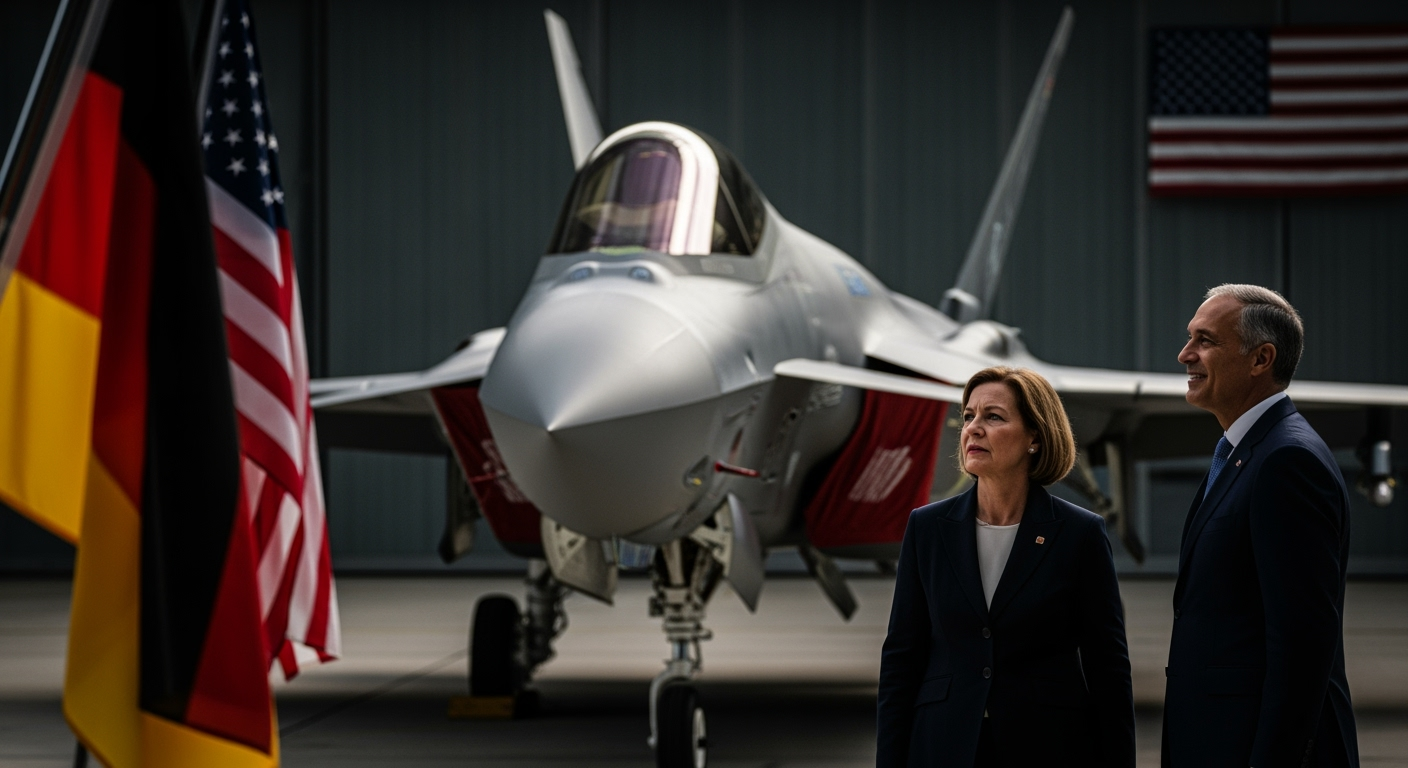Related Articles

Virginia Giuffre's Posthumous Memoir Intensifies Pressure on Prince Andrew and British Monarchy

Diplomatic Tightrope: Vance in Israel as Gaza Truce Teeters on the Brink





Berlin, Germany – October 20, 2025 – Germany is reportedly moving to significantly expand its fleet of U.S.-made F-35 Lightning II fighter jets, with plans to purchase an additional 15 aircraft. This acquisition would raise the total number of advanced stealth fighters destined for the German Air Force (Luftwaffe) to 50, marking a substantial commitment to transatlantic defense ties and a strategic pivot driven by both immediate operational needs and ongoing challenges in European defense cooperation. The reported decision comes at a critical juncture for European security, as Germany seeks to modernize its military capabilities amidst geopolitical shifts and persistent disagreements surrounding the future of indigenous European fighter jet programs.
Defense Minister Boris Pistorius is reportedly poised to authorize the acquisition of 15 more F-35A fighter jets from American manufacturer Lockheed Martin, an order estimated at approximately €2.5 billion. This planned expansion builds upon Germany's initial decision in December 2022 to procure 35 F-35A aircraft, a deal valued at around €10 billion (approximately $11.7 billion). The first batch of these cutting-edge jets is anticipated to arrive in Germany by 2026, with the initial aircraft slated for deployment at Büchel Air Base in 2027.
The F-35 Lightning II, a fifth-generation multi-role combat aircraft, is recognized for its advanced stealth capabilities, integrated sensor suite, and network-centric warfare functions. These features are expected to provide the Luftwaffe with enhanced survivability, superior situational awareness, and the capacity for precision strikes in contested airspace. The acquisition underscores a significant technological upgrade for Germany, positioning its air force at the forefront of modern aerial combat within NATO.
The drive to acquire additional F-35s is fundamentally rooted in Germany's strategic imperative to replace its aging Panavia Tornado fleet, which is scheduled for full retirement by 2030. Beyond mere replacement, the F-35 plays a critical role in Germany's adherence to its NATO obligations, particularly the alliance's nuclear sharing arrangement. The F-35A is currently the only fighter jet certified by the U.S. to carry B61 nuclear bombs, a crucial capability that the Tornado currently provides and one that is essential for maintaining NATO's credible deterrence posture.
The decision also reflects Germany's response to an evolving security landscape, significantly impacted by the ongoing conflict in Ukraine. The war has prompted a fundamental reassessment of Germany's defense policy, leading to a substantial increase in military spending. In 2025, Germany's defense budget rose to an estimated $88.5 billion, representing one of Europe's largest jumps in defense investment. This financial commitment aligns with NATO directives for member states to meet or exceed the 2% of GDP defense spending target, reinforcing Germany's dedication to collective defense. The F-35 acquisition is viewed as a vital component of this broader modernization effort, ensuring Germany's air force can meet contemporary and future threats effectively.
The expanded F-35 order casts a spotlight on the complexities of European defense cooperation, particularly the Future Combat Air System (FCAS) program. This ambitious joint project, involving France, Germany, and Spain, aims to develop a sixth-generation European fighter jet. However, the FCAS initiative has reportedly faced significant delays and disagreements, including tensions over industrial workshare, with French partners reportedly seeking an 80% share in key components. These hurdles have seemingly prompted Berlin to prioritize the readily available and proven capabilities of the F-35 to avoid potential capability gaps.
While Germany remains committed to the long-term vision of European defense autonomy, the immediate need for a modern, interoperable air force appears to have swayed its procurement strategy towards a reliable U.S. solution. This strategic choice, while providing crucial capabilities, highlights the persistent tension between fostering a robust European defense industry and ensuring timely military readiness through established partnerships.
The F-35 deal also underscores the enduring strength of the U.S.-German defense relationship. Despite concerns occasionally surfacing within German political circles regarding potential U.S. control mechanisms, such as a hypothetical "kill switch" that could disable the aircraft, German Defense Minister Boris Pistorius has consistently affirmed the reliability of the alliance. The Pentagon has denied the existence of such a "kill switch," emphasizing the F-35's role in strengthening national defense and NATO obligations.
The substantial investment in F-35s carries significant economic implications for both sides of the Atlantic. For U.S. defense contractors like Lockheed Martin, the expanded order signifies a major boost and a deepening of their presence in the European defense market. Simultaneously, German industry is also seeing involvement, with companies like Rheinmetall having completed a production facility in Weeze, North Rhine-Westphalia, for manufacturing F-35 components, demonstrating a degree of industrial benefit within Germany.
Critics of the F-35 purchase have voiced concerns about potential increased dependence on the United States for critical software, maintenance, and spare parts. However, proponents argue that the F-35's technological superiority and its established integration within NATO operations make it the most viable option for Germany's immediate modernization needs, especially given the lengthy development cycles for new European platforms.
The acquisition of 50 F-35 fighter jets represents a definitive step in Germany's post-Ukraine war defense strategy. It solidifies Germany's commitment to modernizing its armed forces, upholding its responsibilities within NATO's nuclear sharing doctrine, and ensuring its air force remains a formidable asset in collective defense. This strategic decision balances the complexities of European industrial aspirations with the urgent demands of contemporary security, reshaping Germany's air power for decades to come.